It’s a wet, miserable morning when I show up at Newton Farm near Forfar.
I’m dressed in less-than-flattering clothing – baggy, mud-spattered waterproof trousers, a tea-cosy hat, and a lurid green jacket that’s seen better days.
The chances are high that I’ll soon be covered in pee and poo – I’m here to meet a whole bunch of farm animals – and I don’t fancy ruining my finest gear.
It amazes me to spot a few fellow visitors dressed in spotless white trainers, and, I kid you not, there’s even a bloke sporting shorts. It’s 2C!
We’re all here to take part in one of the farm’s lambing experiences, run by farmers Louise and Graeme Nicoll and their staff.
Chance to get up close to lambs at Newton Farm
These take place during lambing season and offer the chance to get up close to the snuggly wee balls of fluff and their mums.
If you’re lucky, you might see lambs being born, and you’ll be able to bottle-feed and cuddle them.
Before we head into the lambing shed, Louise gives us a safety briefing and then off we trot to meet the farm’s friendly Aberdeen Angus and Limousin cattle.
Some have just given birth and their calves are adorable, with a few crashed out beside their mums.
“Normally what we find with cows is there’ll be a couple looking after the majority of the calves and the rest get a break,” says Louise. “It’s a sort of nanny system.
“That’s very different to sheep. They don’t want other lambs near them. If another sheep’s lambs come towards it, the sheep won’t want it, and it’ll headbutt it. It can look quite brutal!”
She also points out a few calves headbutting their mums’ udders for milk, and explains that lambs do that, too.
Sheep sometimes need help giving birth
Inside the lambing shed, Louise tells us while they try “not to interfere”, preferring to let sheep give birth naturally, the animals do sometimes need help.
“You’ll see the feet first, then the nose and head, and then the lamb should just pop out,” she explains.
“But if its back feet come out first, that’s a problem and we really need to help.”
As we’re cooing at toddler lambs, Louise discovers a sheep about to give birth. It’s a special moment – for those who can bear to watch!
A few people look a bit green about the gills and turn away, but I stand rooted to the spot. It’s an honour to witness such a spectacle.
Two wee girls are born without issue and immediately their mum starts to lick and clean them.
They’re then lifted up by their front legs and taken to a pen.
“That’s to stop us putting scent on them – we don’t want mum to reject them,” explains Louise.
“Mum will follow the scent, and the lambs will be up for a feed in about 10 minutes.”
Iodine is quickly sprayed onto their belly buttons to stave off infection. It stings a bit so the wee cuties wriggle around.
Lambing experience at Newton Farm
There are photo opportunities galore in the toddler pen, and families are in their element, desperate to share their experiences across social media.
I can’t wait to get my own cuddles and I’m in heaven when Louise presses a tiny black lamb to my chest.
He’s so fluffy and cute and I can feel his heart beating wildly as he nuzzles into me.
Angus the sheepdog watches on with adoration while I bottle-feed the cute creature.
“He’s obsessed with the lambs – he loves them!” beams Louise.
I also get to meet a little white lamb, and we sit together on top of a hay bale, gazing at each other, and, I like to imagine, bonding.
Some lambs are named and we meet Cuddles, Biscuit, Kylie, Skinny and Kaiser.
“Kaiser, a Texel, will hopefully be a big, strong daddy, and we’ll keep him to join the breeding flock,” Louise tells me.
Meet a wide range of animals
She’s happy to let folk “free range” through the shed, meeting not only lambs and sheep but also alpacas, miniature donkeys and goats.
“Alpacas are useful during lambing time,” she says. “They go into the field with the lambs and look after them and scare away foxes.”
Before we leave, Louise has a surprise for us in her recently converted catering shed.
Here we meet a trio of week-old Bantam chicks which cheep and chirp and allow their silky heads to be stroked.
Avian flu, likely brought in by a wild bird, meant the farm’s hens and ducks had to be put down in January last year, including Louise’s precious pet duck, Zoom.
They’ve just inherited their neighbour’s hens and ducks, so things are looking up.
However, Louise reveals she’s just getting over a very upsetting day.
Not only did she lose a calf to an “over-exuberant mummy” who hurt it by accident, she had a sheep that prolapsed and had to be put down. To top it all off, an otter sneaked in and stole her ducks.
The previous week was similarly traumatic, with sheep aborting lambs as a result of the horrendous weather.
A challenging industry
“Farming can be challenging and heartbreaking, but it makes it all worthwhile when you see healthy, happy animals,” she says.
While the farm tours are fun, there’s a serious message here, too – and it’s all about education.
By enabling guests to get up close and personal with animals of all shapes and sizes, the tours teach kids – and adults – about farming, and importantly, where their food comes from.
Earlier this month, the farm took part in Lambathon, an online event offering virtual visitors an insight into Scottish rural life.
- Newton Farm runs a range of farm experiences, with lambing sessions for families, adults-only, and a “toddler special” including sheep-themed arts and crafts.
- The farm also runs a highland cow and alpaca experience, plus farm tours which visit the miniature donkeys, cattle and goats. For more information, see newtonfarmholidays.co.uk/farm/farm-tour/
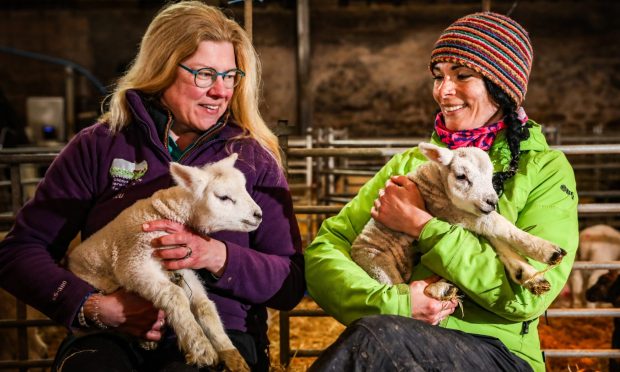
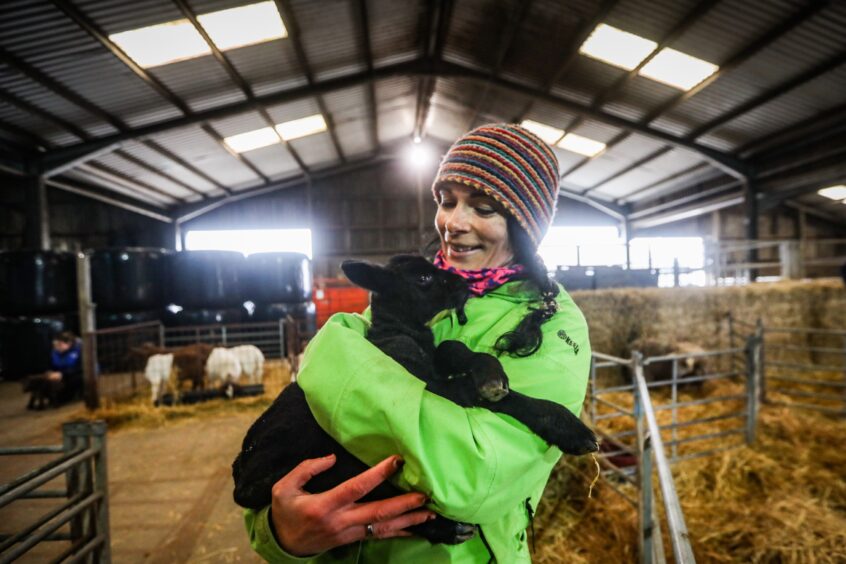
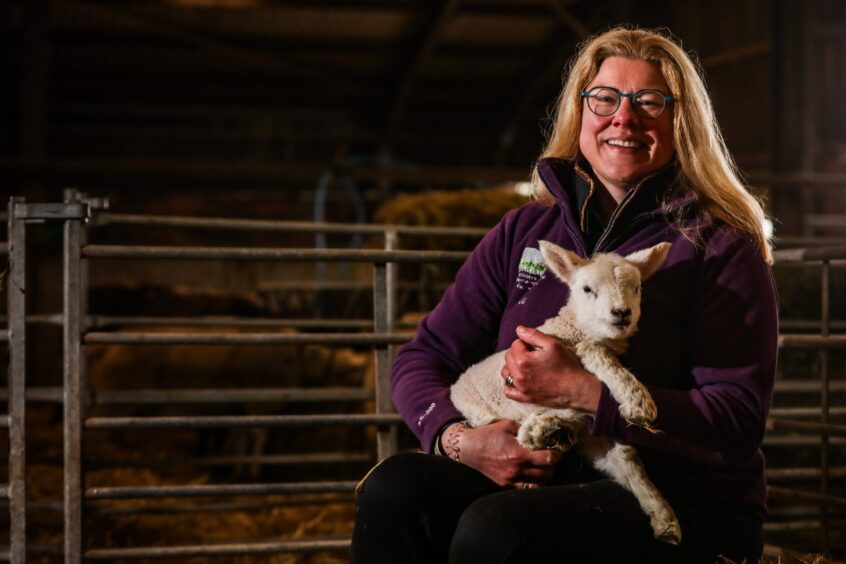
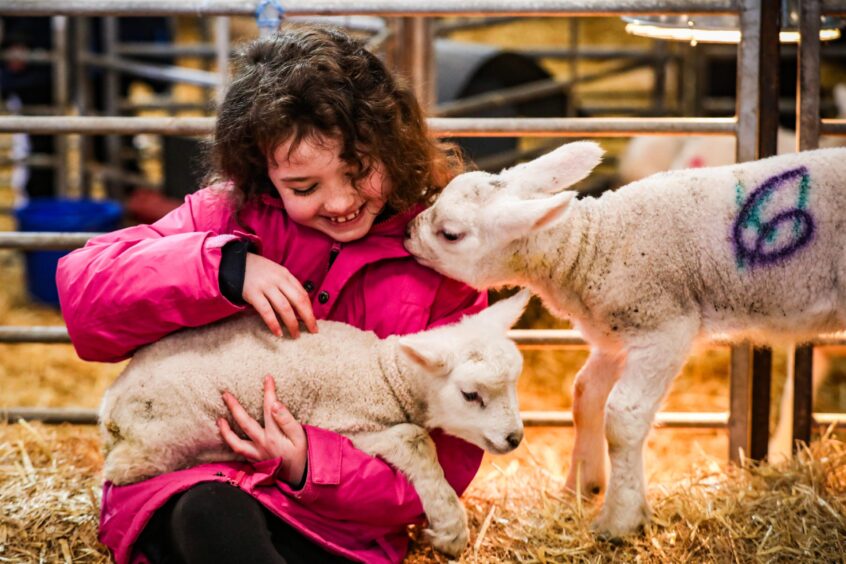
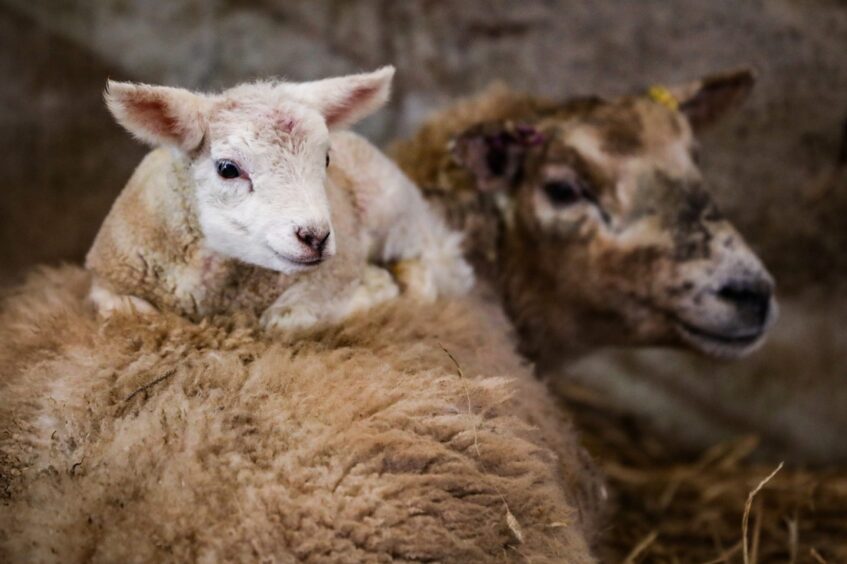
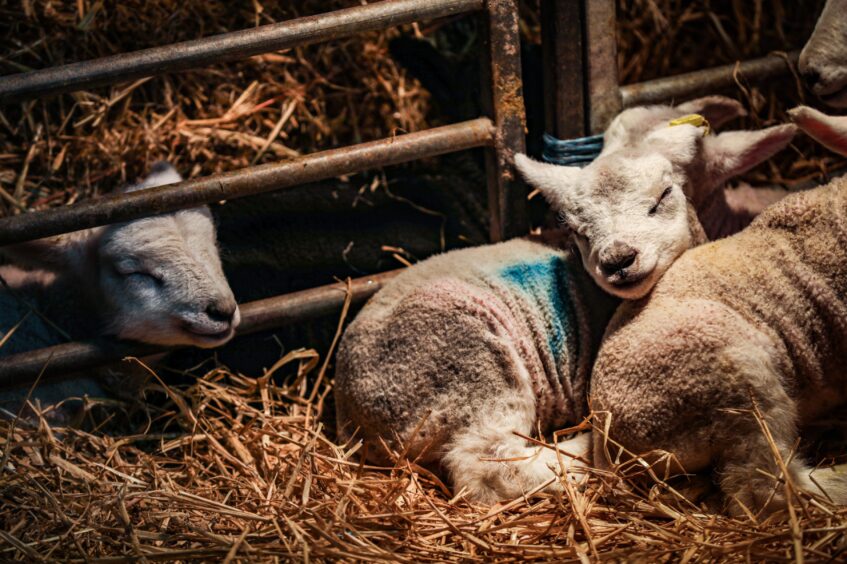
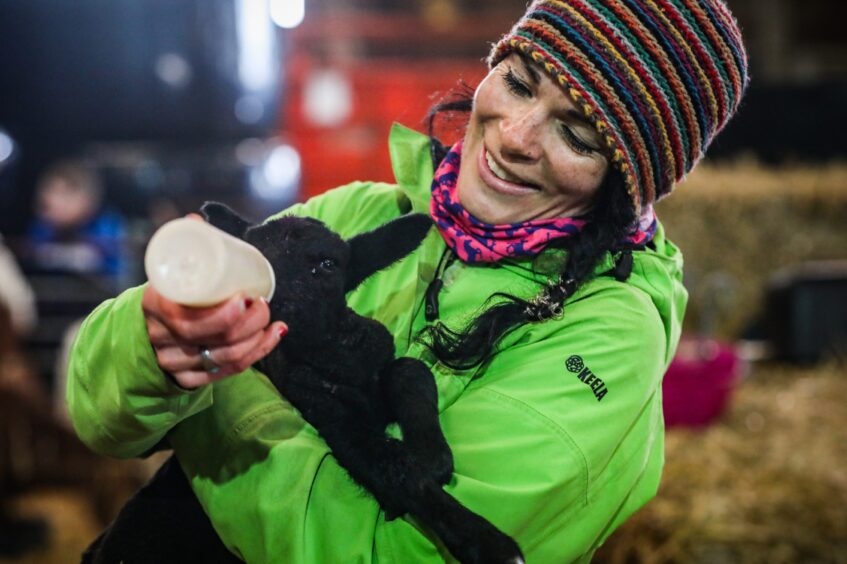
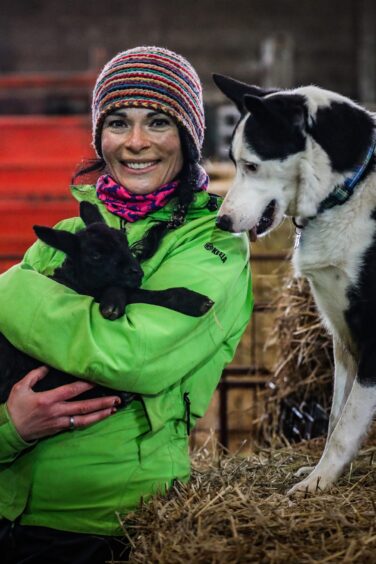
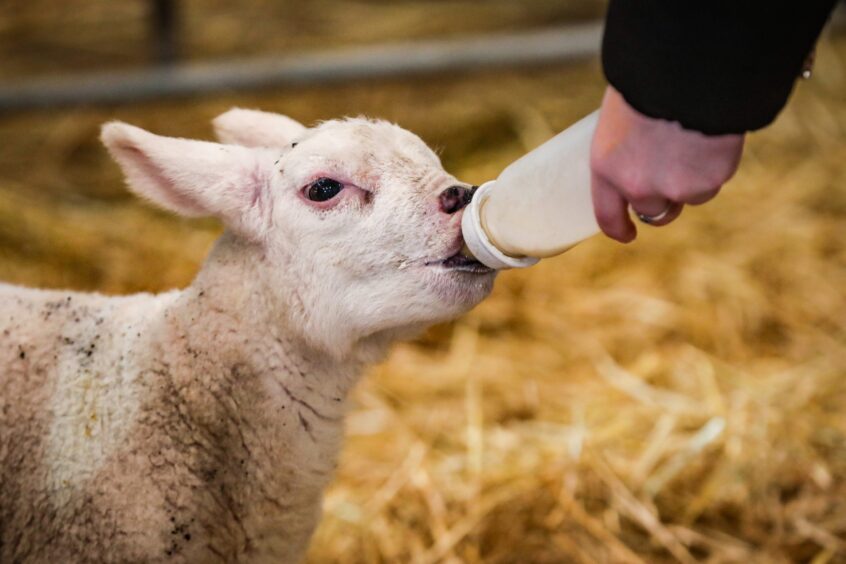
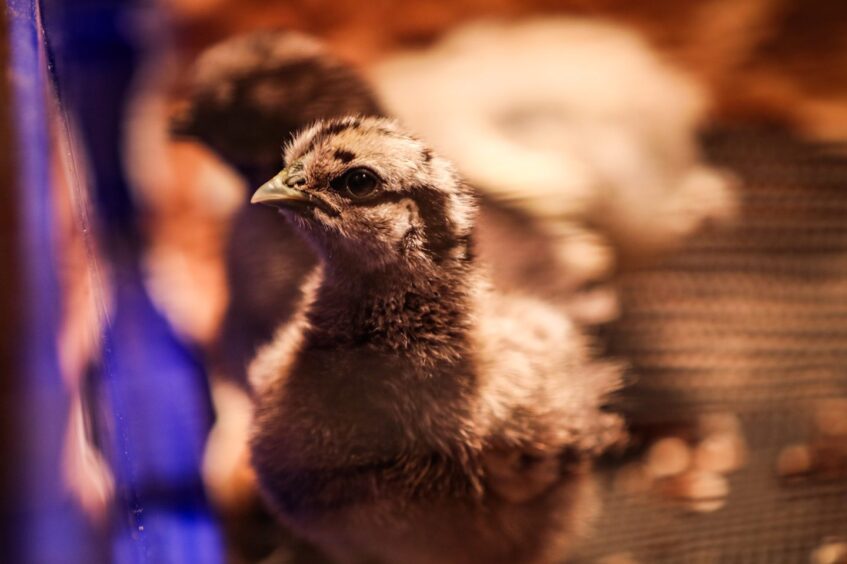
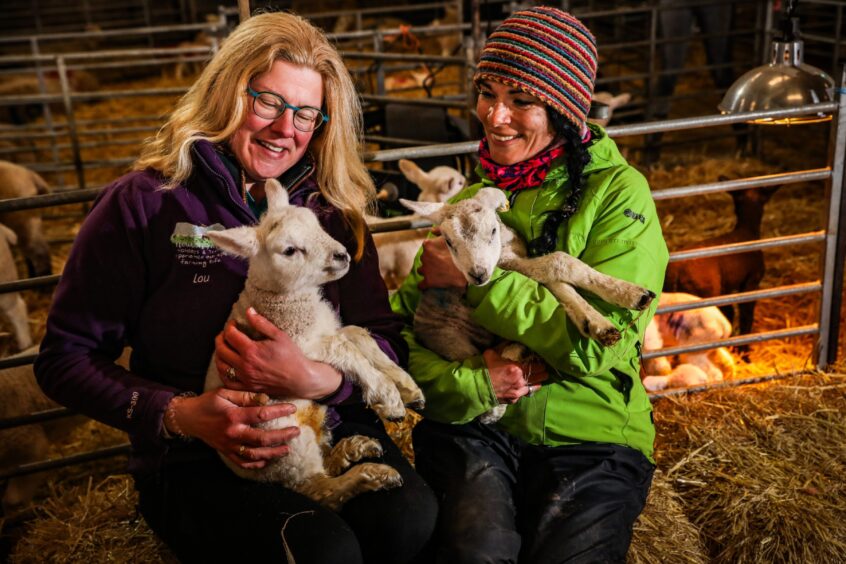




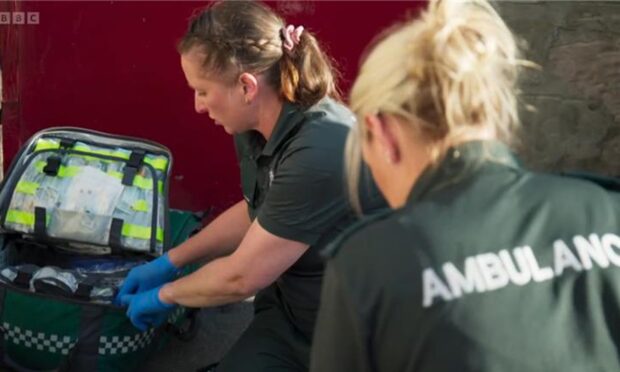
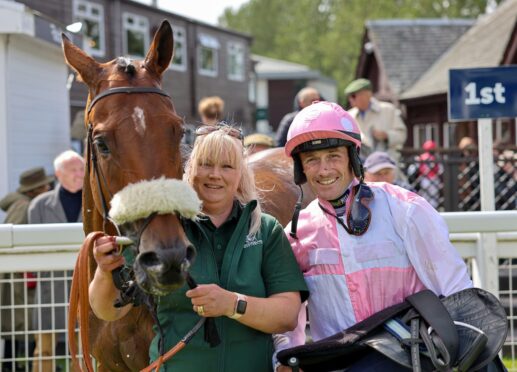
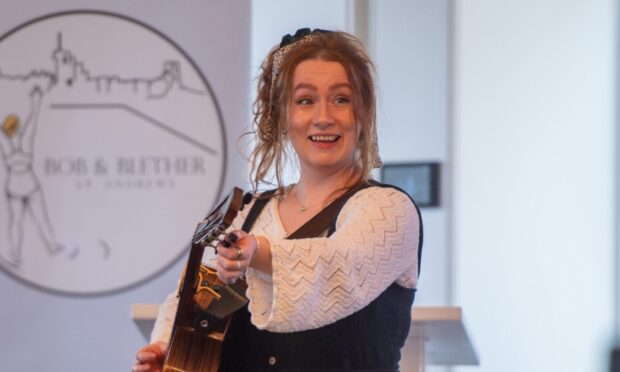



Conversation